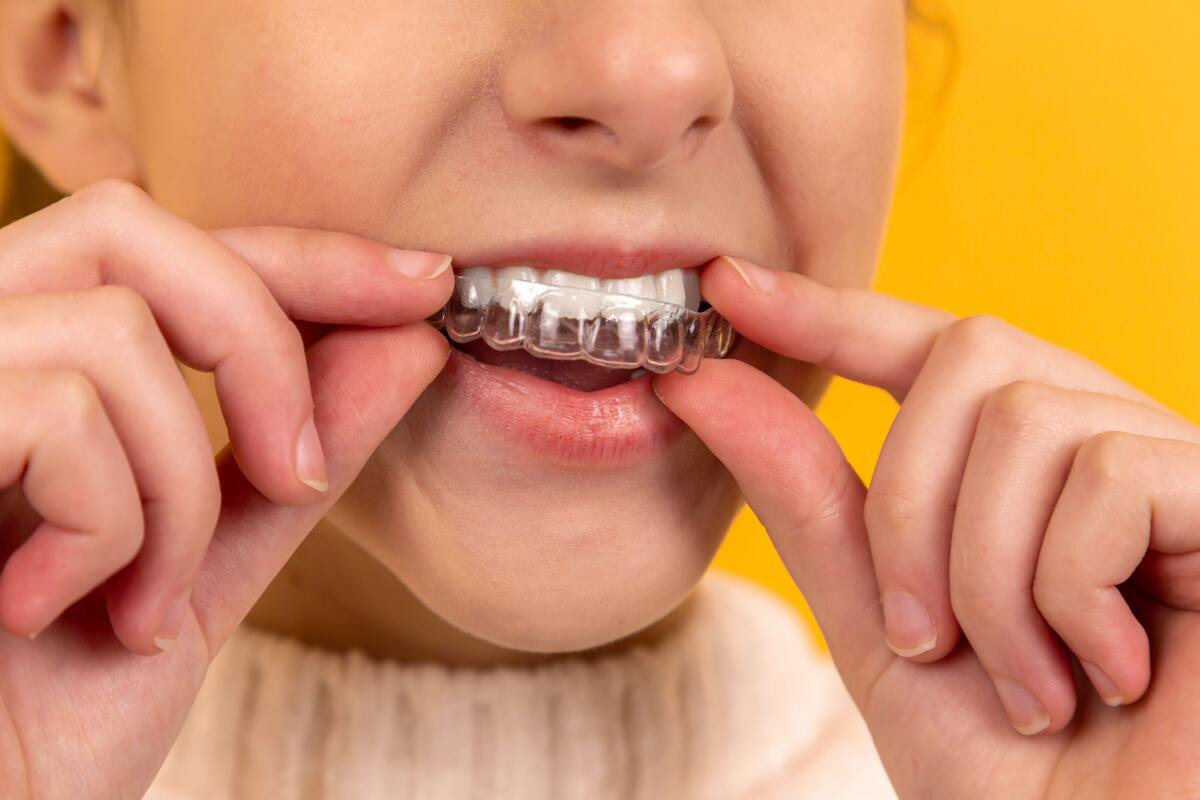Are you looking for a way to straighten your teeth as an adult? In years gone by, the only way to do this reliably was to wear a standard metal brace. For many patients, this was excessive, as their misalignment was minor. Today, many surgeries can offer Invisalign or clear braces Sydney CBD to their patients.
In this article invisible aligners like Invisalign are compared to metal braces, so you can get a better insight into both of these treatment options.
Versatility
The standard orthodontic brace has been in use in dental care for over 100 years. And during that time, it has proven itself to be an extremely versatile tool for realigning crooked teeth and closing excessive gaps. It can also treat more extreme cases of orthodontic misalignment with ease, so it is exceedingly versatile. Invisible aligners like Invisalign, on the other hand, have an extremely limited range of use and can only correct mild to moderate cases of dental misalignment.
Discretion

They are called Invisalign for a reason! And one of the key advantages of undertaking this aligner is that it is visually discreet. Even your colleagues will not be able to spot that you are wearing them unless they become stained. Fitted braces, however, are not as discreet. And for many people, even an invisible brace with clear brackets and a thin wire can still cause them to feel self-conscious.
Cleaning
When it comes to cleaning clear aligners, it is very straightforward. You simply rinse them under a cold tap and use a soft bristle toothbrush to remove any food or debris.
There are other options as well for cleaning clear aligners, such as the use of denture wash. Or Invisalign cleaning crystals, which are very similar to a denture wash, but offer a fresh minty taste whilst also being targeted to clean the plastic that these aligners are made from.
With braces, you will likely need to invest in interdental brushes and also attend hygienist appointments regularly to remove plaque that has accumulated around the brackets.
Appointments
If you are having traditional braces fitted, then you will need to visit your orthodontist every four to six weeks to have them tightened or adjusted. With invisible aligners, however, you will not need to do this, and if you are opting for at-home invisible aligners, there is a much trendier solution. You simply download the Invisalign app to your phone and send weekly photographs to your dental team. This will allow them to assess if the treatment is working as predicted and if it isn’t, they can call you into the surgery for a check-up.
Retainers
Irrespective of whether you choose to undertake braces or aligners, you need to wear retainers afterwards. This is because the retainers prevent your teeth from moving back to their former positions and allow them to almost set in the place where they have been moved to. If you lose your retainers whilst you are due to wear them, you will need to contact your dentist as soon as possible to have them replaced. Not wearing them can cause reversion and will make the entire orthodontic treatment an expensive waste of time.
DISCLAIMER OFFSITE
Any surgical or invasive procedure carries risks. Before proceeding you should seek a second opinion from an appropriately qualified health practitioner.
